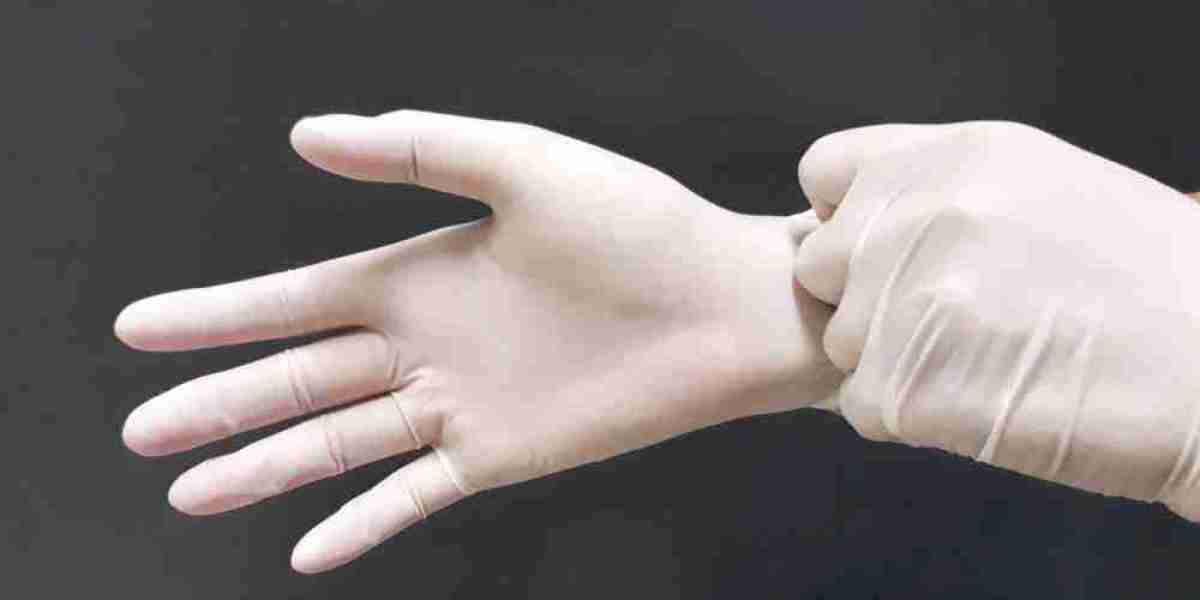Cardiac arrest is one of the leading causes of death worldwide. According to the American Heart Association, nearly 356,000 out-of-hospital cardiac arrests occur annually in the U.S. alone. In such critical situations, Cardiopulmonary Resuscitation (CPR) is the most effective intervention to save lives. However, despite its importance, conventional CPR is often not performed effectively due to factors such as fatigue, inadequate training, or the need for continuous pressure and rhythm. This is where automated CPR devices come into play, offering a breakthrough solution to these challenges. The automated CPR devices market is evolving rapidly, and its future looks promising.
The Growing Need for Automated CPR Devices
The need for automated CPR devices stems from the recognition that high-quality, uninterrupted chest compressions significantly improve survival rates. With manual CPR, rescuers may become fatigued or uncertain about the pressure and pace of chest compressions, reducing its effectiveness. Automated CPR devices address this issue by delivering consistent, high-quality chest compressions, which are vital for cardiac arrest survival.
Automated CPR devices ensure the delivery of the right compression rate and depth, eliminating human error. They are designed to function in various environments, from ambulances and hospitals to emergency medical services (EMS) and even in public spaces. As more healthcare systems recognize the value of such technology, the market is seeing considerable growth.
Market Drivers: Technological Advancements and Healthcare Needs
Several factors are driving the growth of the automated CPR devices market. Technological advancements are among the primary drivers, with devices becoming more sophisticated, portable, and affordable. The integration of sensors, wireless communication, and real-time data analytics has enhanced the functionality and efficacy of these devices. These innovations have made automated CPR devices more attractive to healthcare facilities and EMS providers, as they offer improved patient outcomes.
Moreover, the increasing prevalence of cardiovascular diseases, rising geriatric populations, and the growing demand for advanced medical equipment are contributing to the expanding market. Governments and healthcare organizations are also investing heavily in CPR training programs and equipment, further boosting market growth. Automated CPR devices are expected to be a staple in modern emergency medical systems, offering a reliable, easy-to-use alternative to traditional CPR.
Market Opportunities and Key Players
The market for automated CPR devices is anticipated to grow significantly over the coming years. Some of the key opportunities lie in the following areas:
Emerging Markets: As developing countries improve their healthcare infrastructure, there is a growing demand for life-saving medical devices. Automated CPR devices represent a valuable opportunity in these regions, especially in ambulances, emergency departments, and public health campaigns.
Integration with Advanced Medical Systems: Automated CPR devices can be integrated with other emergency medical equipment such as defibrillators, monitoring systems, and emergency transport systems. This integration will lead to better-coordinated resuscitation efforts and improve the overall survival rates of patients.
Home Healthcare: The market for home healthcare is expanding, driven by the aging population and chronic disease management. Automated CPR devices tailored for use in the home could become an essential tool for family members and caregivers, providing peace of mind in case of emergency.
Public Access Devices: Public access automated CPR devices in public spaces such as shopping malls, airports, and schools could become commonplace. The increasing focus on public safety and early intervention in cardiac arrest cases will fuel this segment’s growth.
Collaboration with Healthcare Providers: Partnerships between automated CPR device manufacturers and healthcare providers can lead to greater adoption of these technologies. Hospitals, EMS, and clinics could adopt automated devices as part of their emergency response systems.
Competitive Landscape
Several companies are competing in the automated CPR devices market, offering a range of products with varying features and functionalities. Notable players include:
ZOLL Medical Corporation: Known for its advanced resuscitation devices, ZOLL offers the AutoPulse® automated CPR device, which is widely used in hospitals and EMS services.
Physio-Control (now part of Stryker): Physio-Control’s LUCAS® series is one of the leading automated CPR devices, offering portable, high-quality chest compressions.
Medtronic: Medtronic's external defibrillators and automated CPR devices are increasingly popular in both emergency medical services and hospitals.
These companies and others continue to innovate, focusing on improving the effectiveness, portability, and ease of use of automated CPR devices.
Conclusion
The automated CPR devices market presents significant opportunities for growth and development in the healthcare sector. With rising cardiovascular diseases, advancements in technology, and increasing healthcare investments, the demand for these life-saving devices is set to rise. As the market continues to expand, stakeholders from device manufacturers to healthcare providers will play a crucial role in shaping the future of automated CPR solutions, ultimately improving survival rates and saving lives.



